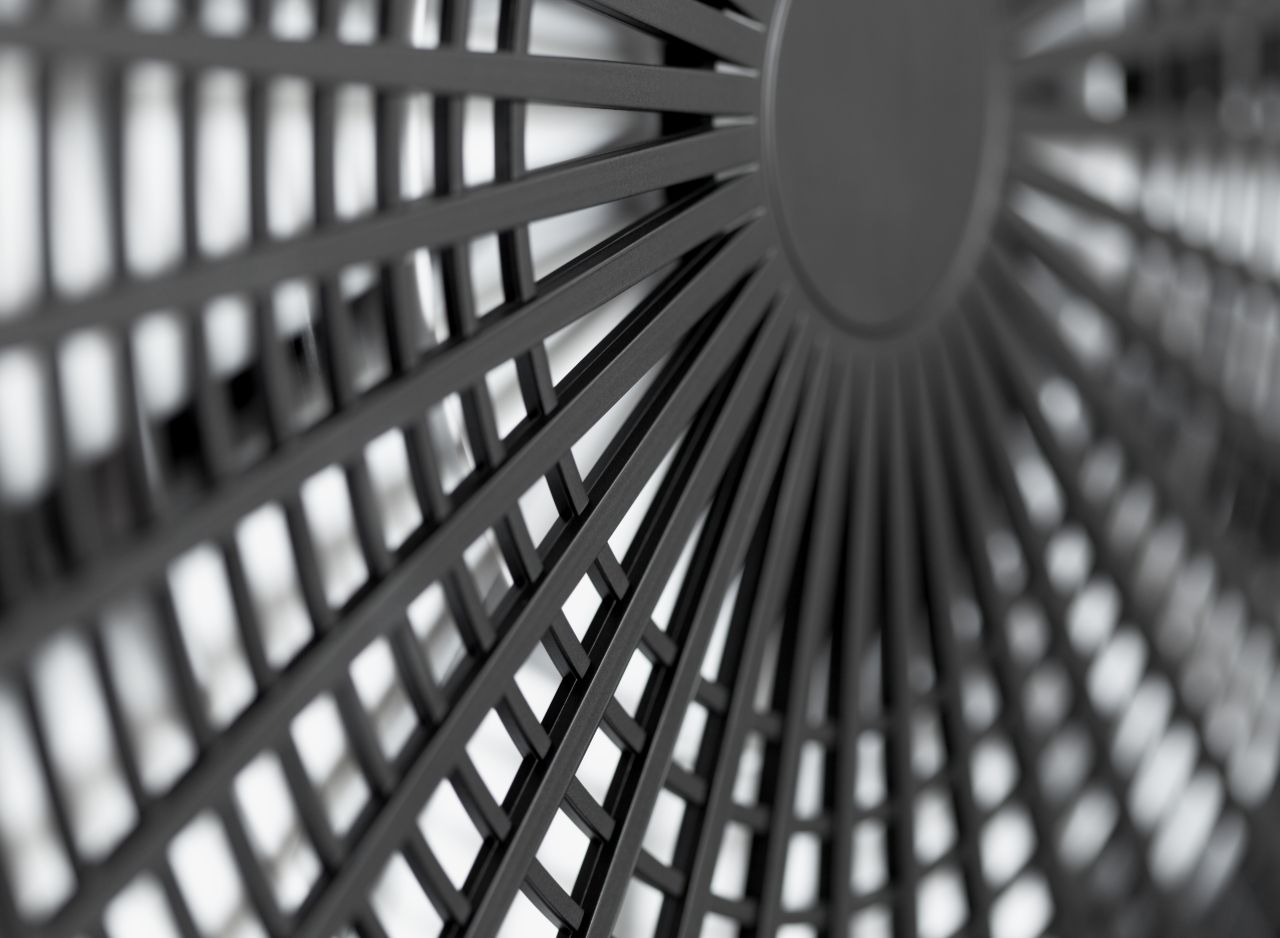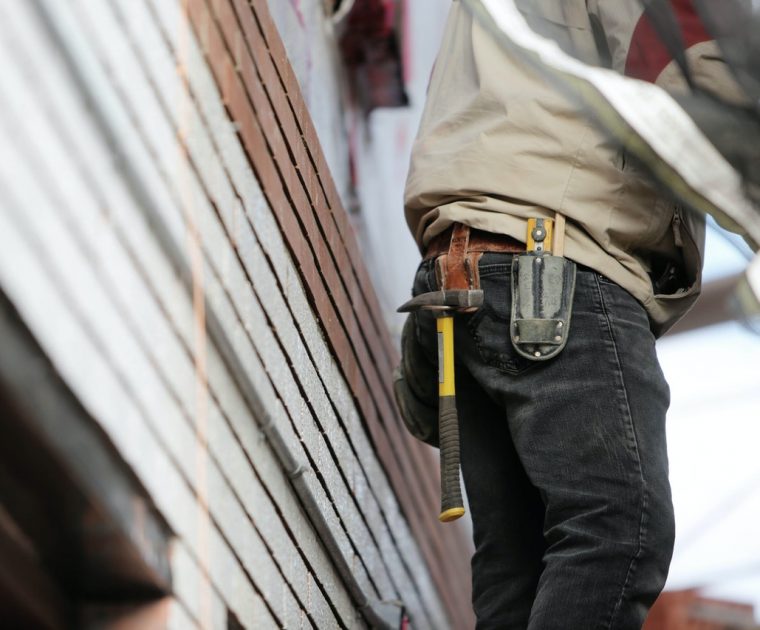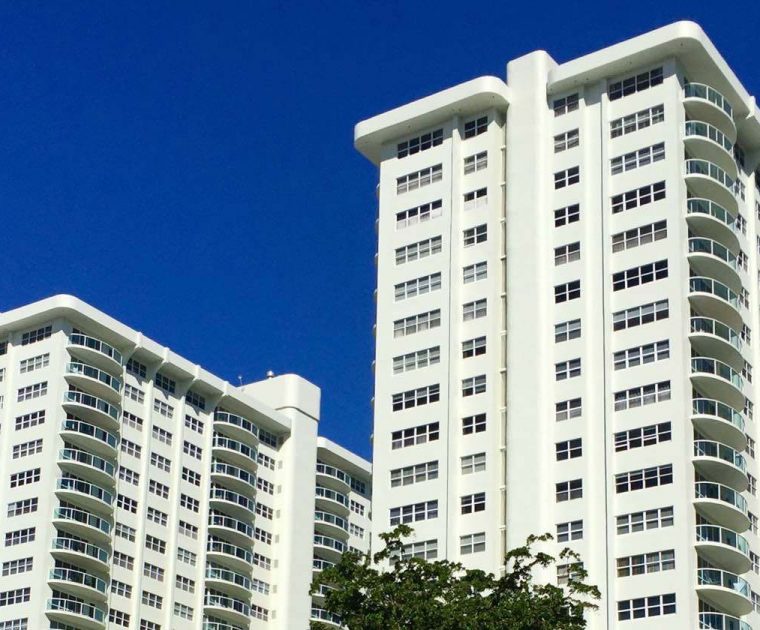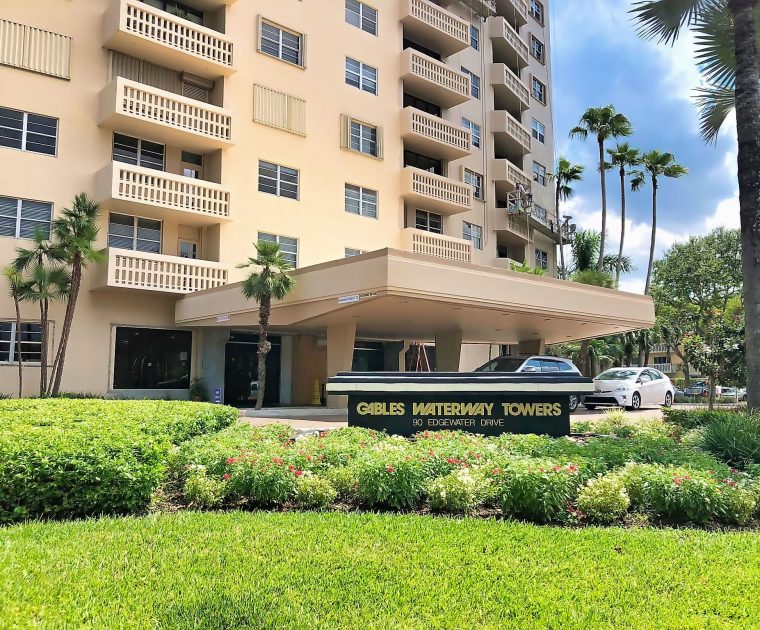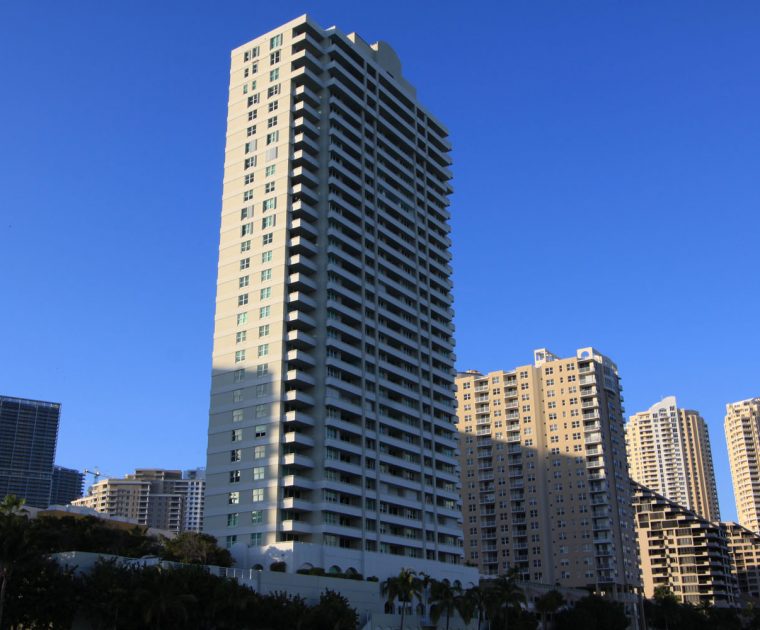A disastrous flood can be a scary and frustrating experience for both property owners and the property management team. It doesn’t help that the ensuing water mitigation process also seems like a big mystery. In this article we want to help you feel more in control by demystifying one of the major causes of outrageous mitigation bills: equipment charges.
We will walk you through the formulas water damage companies should use to properly mitigate water damage. Cross reference the equipment charges on your mitigation bill with the formula that is outlined below. If the numbers check out, then you are in good hands. If not, then there could be a mistake that is costing you thousands of dollars.
Let’s begin.
The largest part of your bill are charges for dehumidifiers and air movers. Each one of these pieces of equipment has somewhat of a formula.
For dehumidifiers, there are three pieces of information you need to identify to asses how much equipment is needed to mitigate water damage.
- Cubic feet of area in question – L x W x H
- Example: 30’ X 15’ room with 8’ ceilings = 3600 cubic feet
- What model of dehumidifiers are being used?
- First, identify the model. For our example we’ll use a Dri-Eaz Evolution dehumidifier.
- Look at the model specifications and pay special attention to their AHAM Pints water removal capacity AND its type: LGR, Refrigerant or Desiccant. This information can be found on the internet pretty easily.
- For our example, a Dri-Eaz Evolution dehumidifier which is a LGR (Low Grain Refrigerant) removes 70 AHAM Pints a day.
- What Class of water loss is it?
- Please see below. In a condo/high rise, it is usually a Class 3 because water normally trickles from floor to floor.
Dehumidifier Formula
After acquiring the information from above, you’re ready to plug in the numbers into a formula using the chart below. It describes the 3 types of dehumidifiers: Refrigerant, LGR, and Desiccant and classes 1-3. Find the dehumidifier type and class of water loss and where they meet on the grid is the number you will use to calculate how many AHAM pints of water the machine you use, needs to be able to remove from the affected area.
Formula:
Cubic Feet
_________ = # of AHAM Pints of Water to remove
# in chart
3600 cubic feet
_____________ = 90 AHAM Pints of Water to remove
40 (LGR, Class 3)
We know from the model specs that the Dri-Eaz Evolution dehumidifier remove 70 AHAM Pints of water per day. If the affected area has 90 AHAM pints to remove, you can conclude that you would need 2 Dri –Eaz Evolution dehumidifiers on the first day of the loss.
No company, no matter how experienced and qualified they are, are above making a mistake. As you know, you’re responsible for a deductible that can seriously affect your quarterly budget. The best remedy to this is lowering the overall mitigation costs wherever possible. Using these calculations allows you to double check the work being done and catch any redundant equipment charges.
If you have concerns about your current water mitigation bills, please contact us. We’ll be happy to give you some free advice on where to save money.
